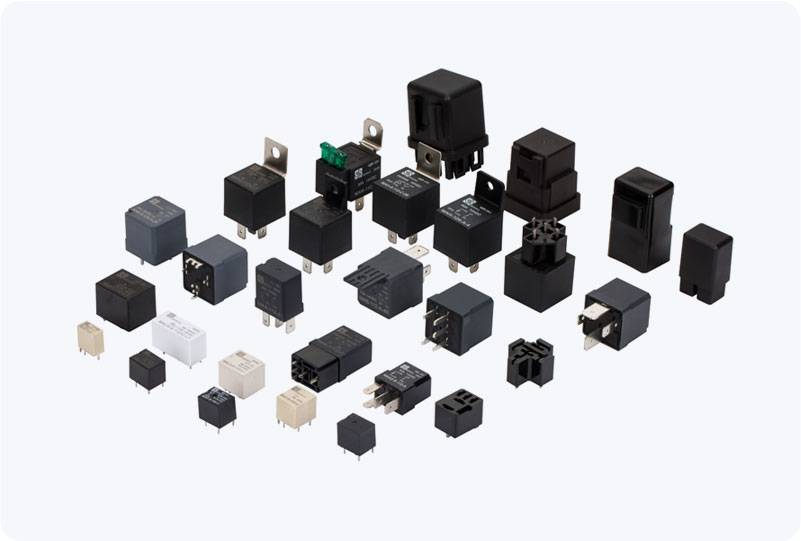Overload relays are vital components in electrical systems that play a crucial role in protecting motors and other electrical devices from potential damage caused by excessive current. These relays are designed to detect when an electrical motor is operating beyond its rated capacity, preventing overheating and subsequent failure. By doing so, they ensure the longevity and efficiency of the equipment while also preventing hazardous situations. This article explores the significance of overload relays, their working principles, and how they contribute to electrical system safety.

What is an Overload Relay? An overload relay is an electrical protective device that monitors the current flowing through an electric motor. If the current exceeds a preset limit, indicating that the motor is under excessive load or experiencing a fault, the relay triggers a mechanism to disconnect the motor from the power supply. This action prevents further damage to the motor and the associated wiring by avoiding overheating, which could lead to insulation failure and possible fire hazards. Overload relays are typically found in industrial and commercial settings where electric motors are used for tasks such as pumping, fan operation, and conveyor systems. They are available in different forms, such as thermal overload relays and electronic overload relays, with each type having its own unique advantages and applications.